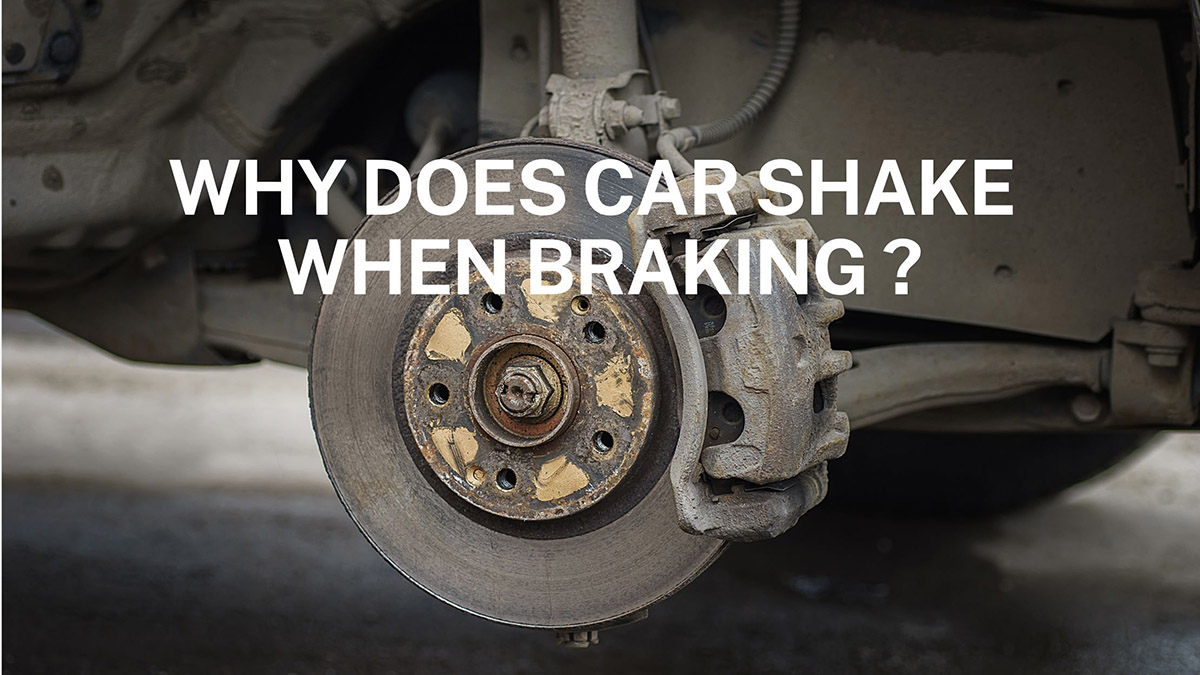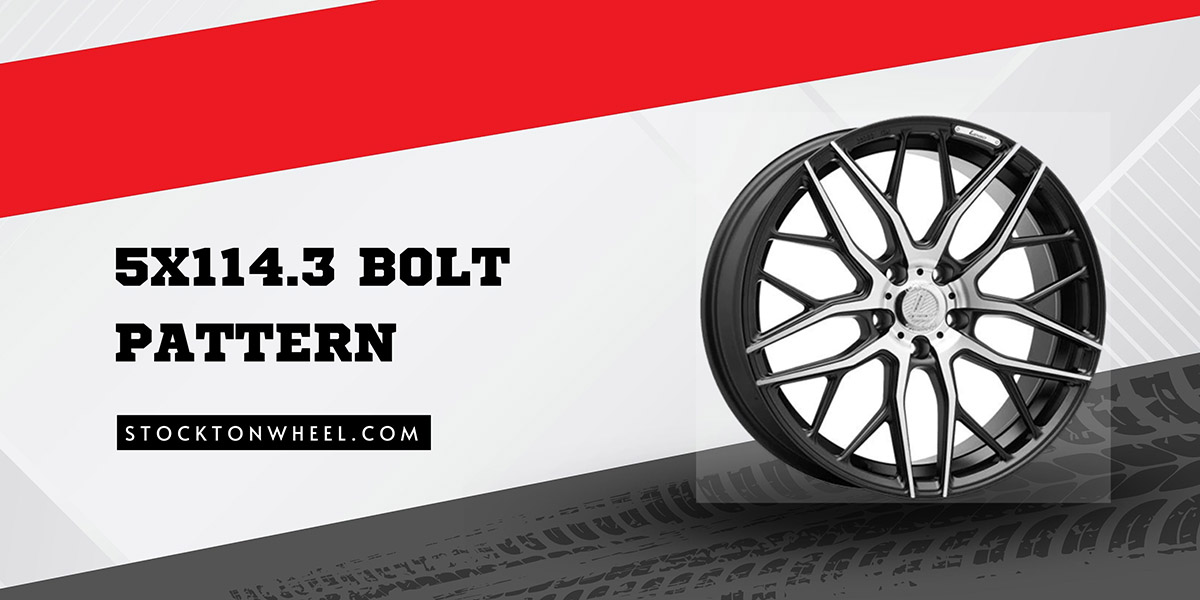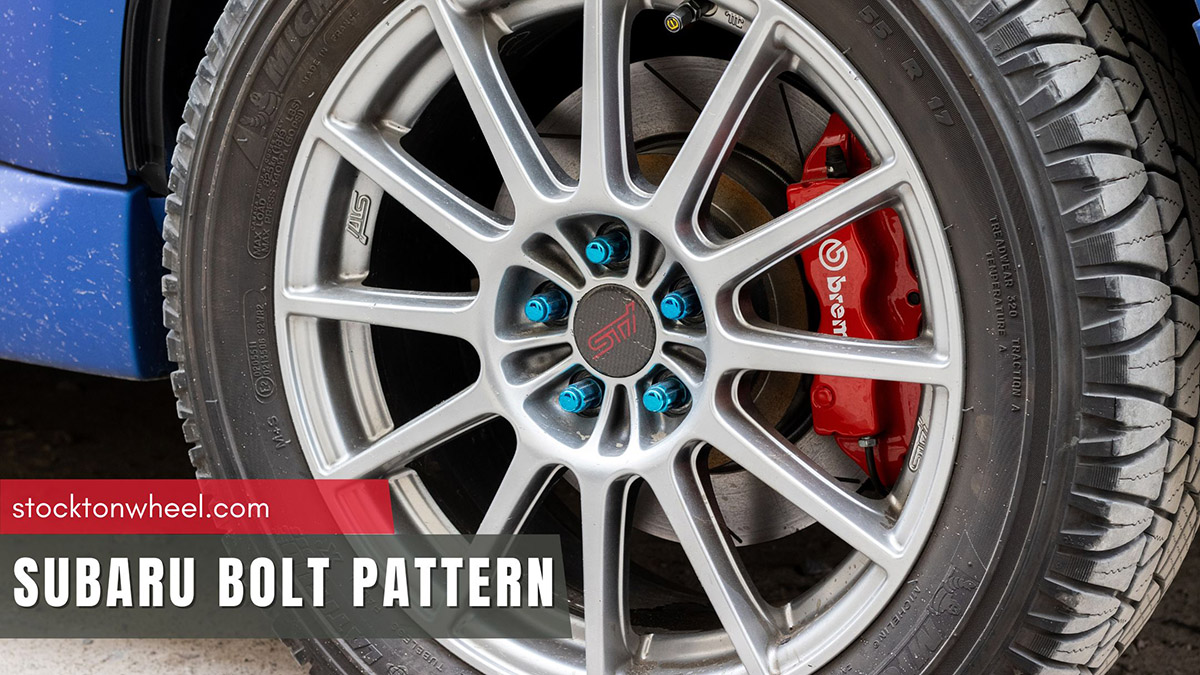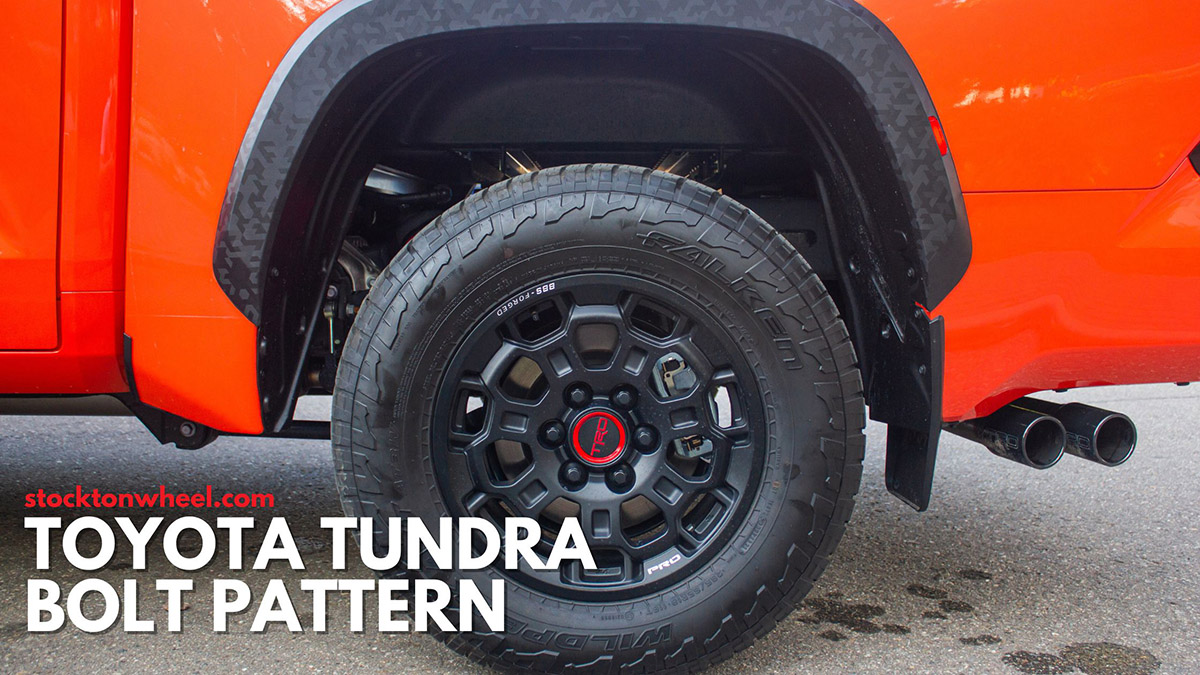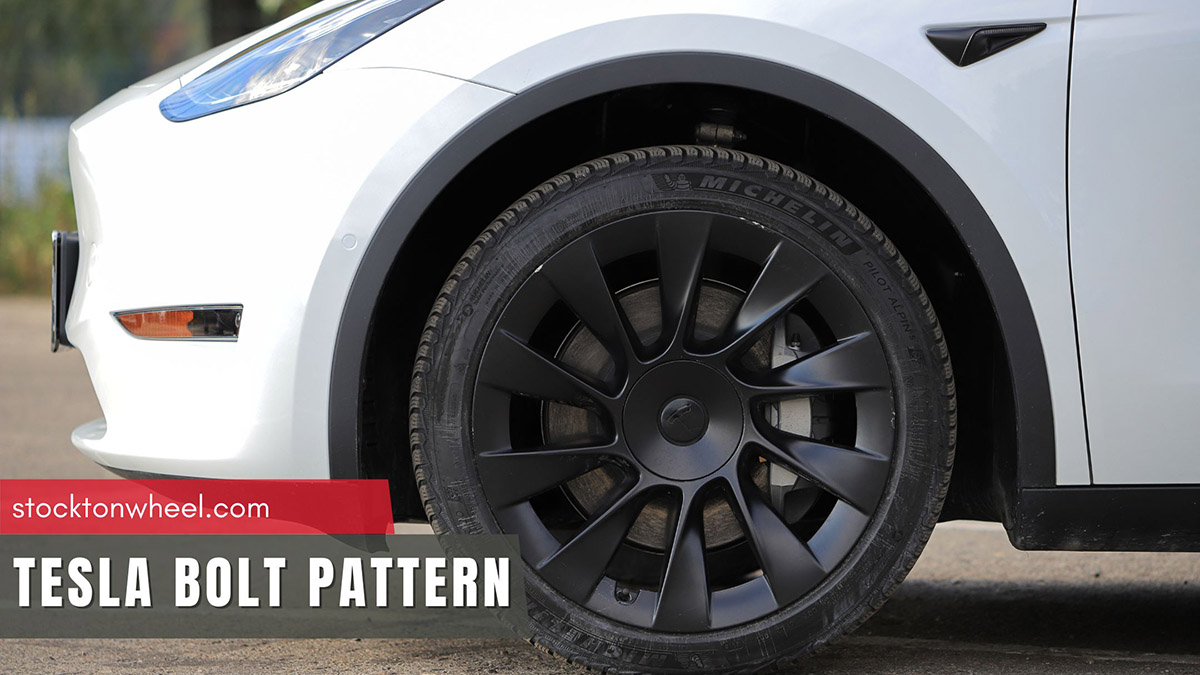That unnerving vibration, whether your steering wheel shakes when you brake, or your entire vehicle feels unsettled, can make for an uncomfortable ride.
This comprehensive guide will unravel the 11 potential issues behind this brake-induced shudder and provide practical solutions to ensure your stops are as smooth as a Sunday drive. So, let’s put the pedal to the metal and explore what’s causing that unsettling sensation.
In this article:
Why Does Your Car Shake When Braking? The Solution
Your car may shake when braking because of warped rotors, unbalanced wheels, loose or worn suspension components, worn brake pads, sticking brake calipers, loose wheel bearings, damaged driveshaft, engine misfires, steering problems, uneven tire pressure, or improperly installed brake components.
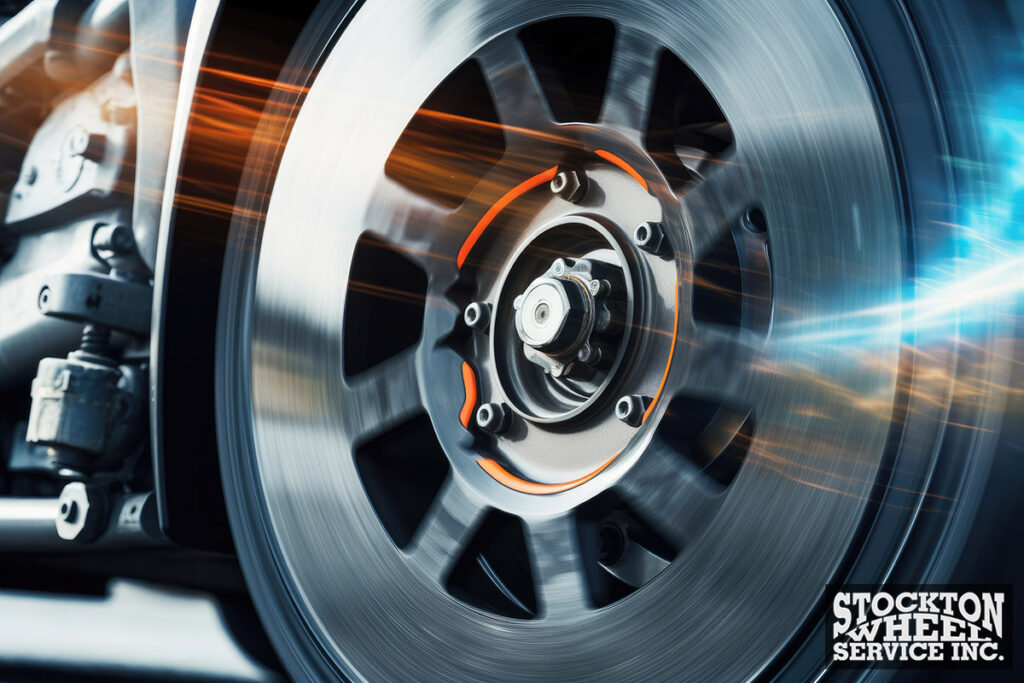
1. Warped Rotors
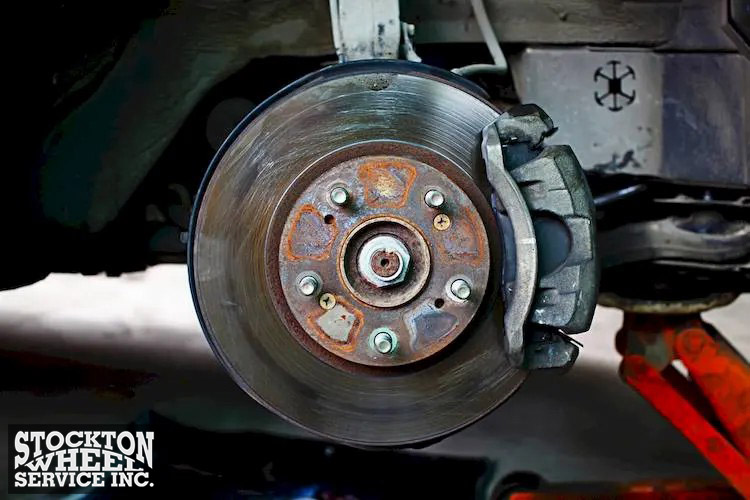
Cause: Rotors might warp due to uneven heat distribution or aggressive brake use, leading to a noticeable pulsating and wobbling sensation when you apply the brakes.
Solution: To resolve this issue, resurfacing or replacing the rotors is often necessary. This helps reestablish even contact and minimizes vibrations, ensuring a smoother braking experience.
2. Unbalanced Wheels
Cause: If your wheels have imbalanced weight distribution due to uneven tire wear, incorrect installation, or misaligned wheels, your vehicle may wobble during drives. This imbalance can lead to a shaky steering wheel and reduced driving comfort.
Solution: Balancing your wheels rectifies this problem by evenly distributing the weight, providing a smoother, vibration-free ride. A trip to your local tire shop for this quick and simple procedure can make a noticeable difference in your ride quality.
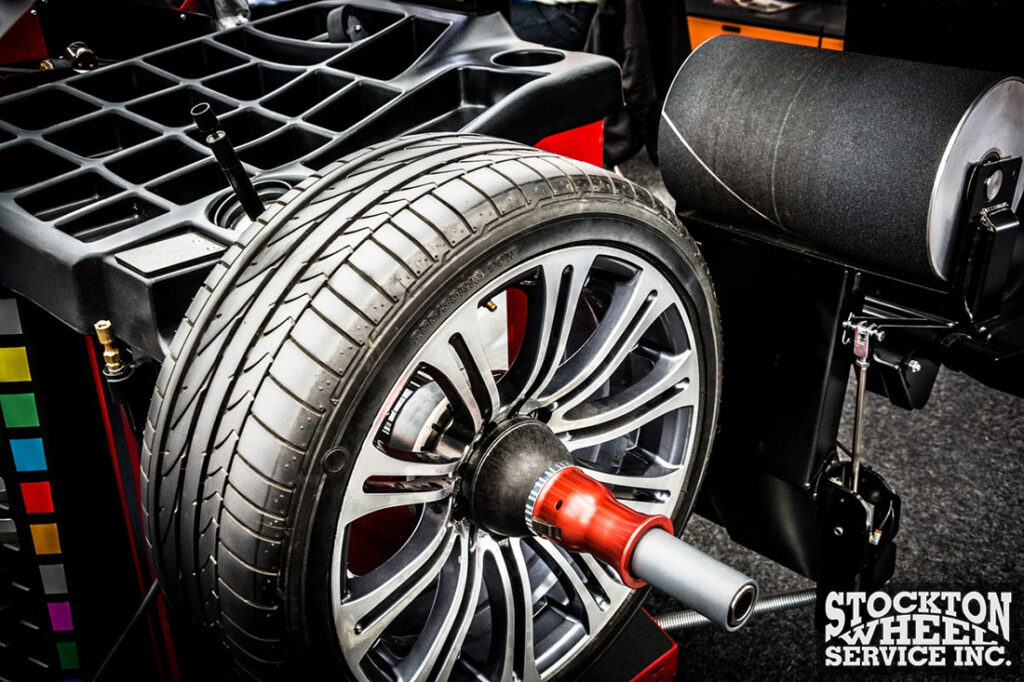
3. Loose or Worn Suspension Components
Cause: Worn-out or loose suspension parts fail to absorb road imperfections and shocks, resulting in instability and vibrations.
Solution: To regain a stable and comfortable ride, consider tightening or replacing these suspension components. A visit to your trusted mechanic can help diagnose the specific issues and offer suitable solutions.
4. Worn-out Brake Pads
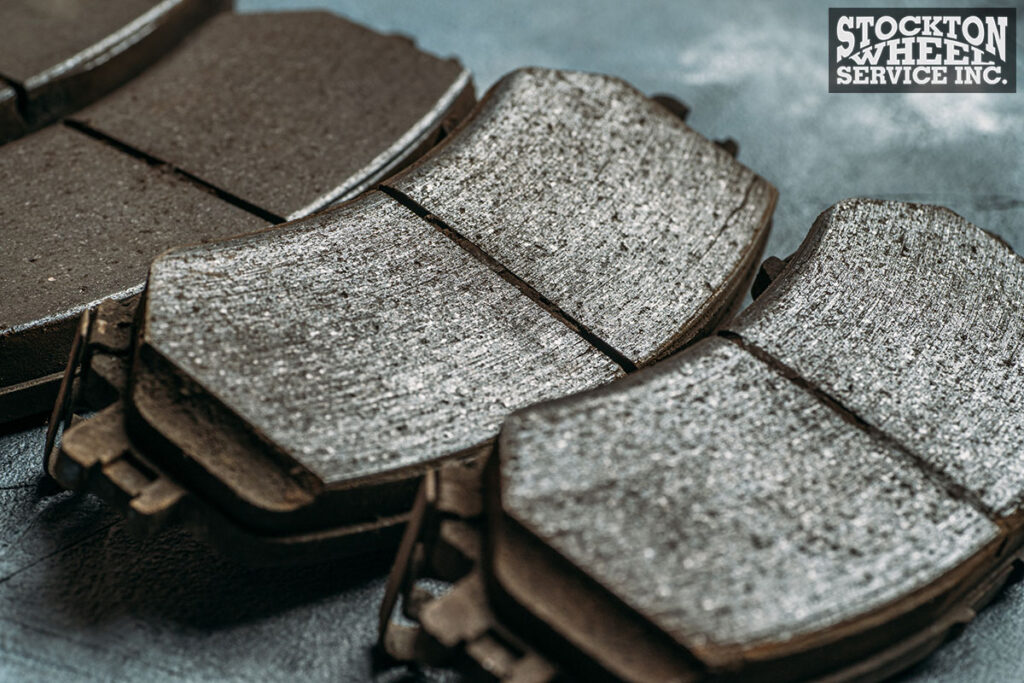
Cause: Significantly worn brake pads lead to uneven braking, accompanied by an unsettling shake, affecting the smoothness of your driving experience.
Solution: The remedy for this issue is quite straightforward. Replacing the worn-out brake pads ensures consistent braking and effectively minimizes vibrations. Your local auto service shop can swiftly handle this task.
5. Sticking Brake Calipers
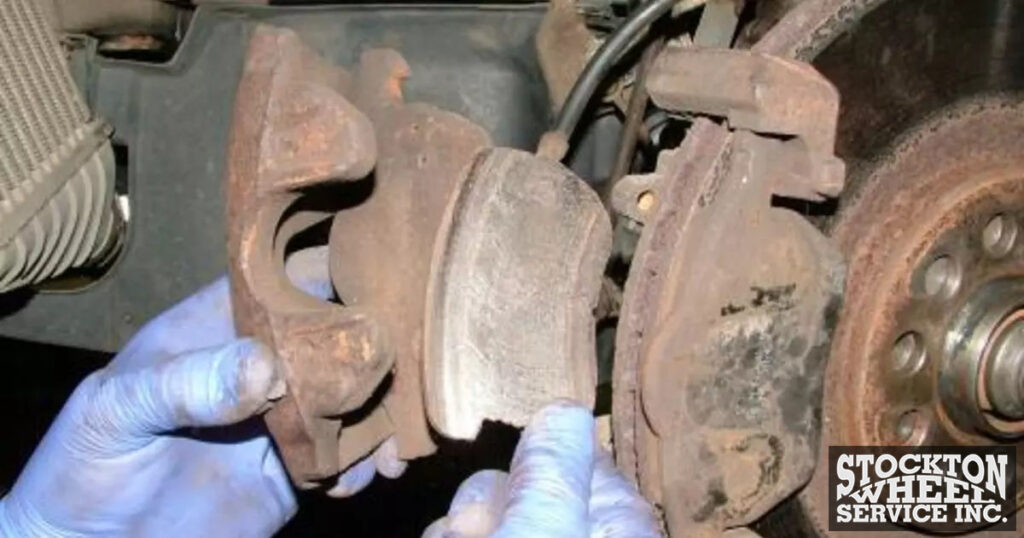
Cause: Brake calipers that fail to release properly can cause uneven braking and a noticeable shudder when you apply the brakes.
Solution: If you suspect sticking brake calipers as the culprit, it’s advisable to have a skilled mechanic inspect your brake system. They can determine if repair or replacement of the calipers is necessary to restore smoother braking action.
6. Loose Wheel Bearings
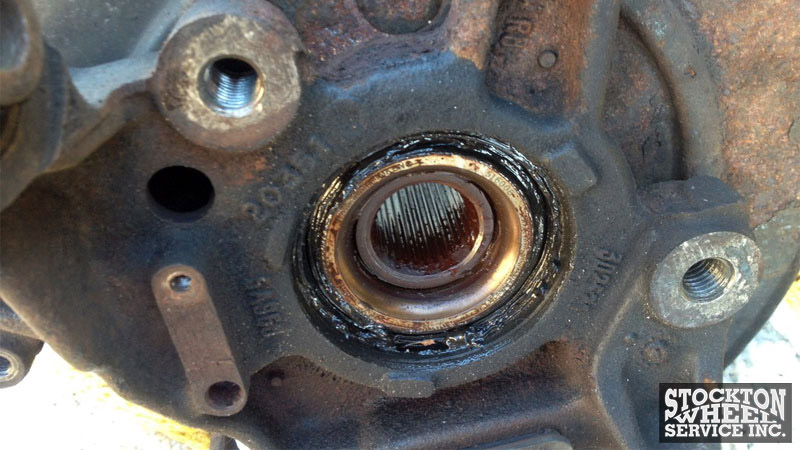
Cause: When wheel bearings are loose or incorrectly installed, your wheels may wobble during braking, affecting your ride’s stability.
Solution: Resolving this issue involves tightening or replacing the loose or improperly installed wheel bearings. This ensures a more stable and secure driving experience.
7. Driveshaft Sustained Damage
Cause: A damaged driveshaft can introduce vibrations when you hit the brake pedal, making your ride uncomfortable.
Solution: To restore a smoother and more enjoyable driving experience, it’s essential to have the damaged driveshaft repaired or replaced.
8. Engine Misfires
Cause: Engine misfires disrupt power delivery, leading to shaking sensations when you apply the brake. A misfire will also compromise your car’s fuel efficiency and jeopardize your safety on the road.
Solution: Identifying and addressing engine misfires is crucial to achieving a more seamless and comfortable ride. It’s best to leave this complicated procedure to a qualified mechanic.
9. Steering Problems
Cause: Issues within the steering system can translate into vibrations, often resulting in a shaky steering wheel when braking.
Solution: A thorough inspection and necessary repairs to the steering components at an auto shop can eliminate the problem.
10. Uneven Tire Pressure
Cause: Inconsistent pressure across your tires, often resulting from a bad tire or other factors, can contribute to shaky braking experiences.
Solution: Regularly maintaining a proper PSI ensures a balanced and smooth ride. You can easily address this concern by checking and adjusting tire pressure.
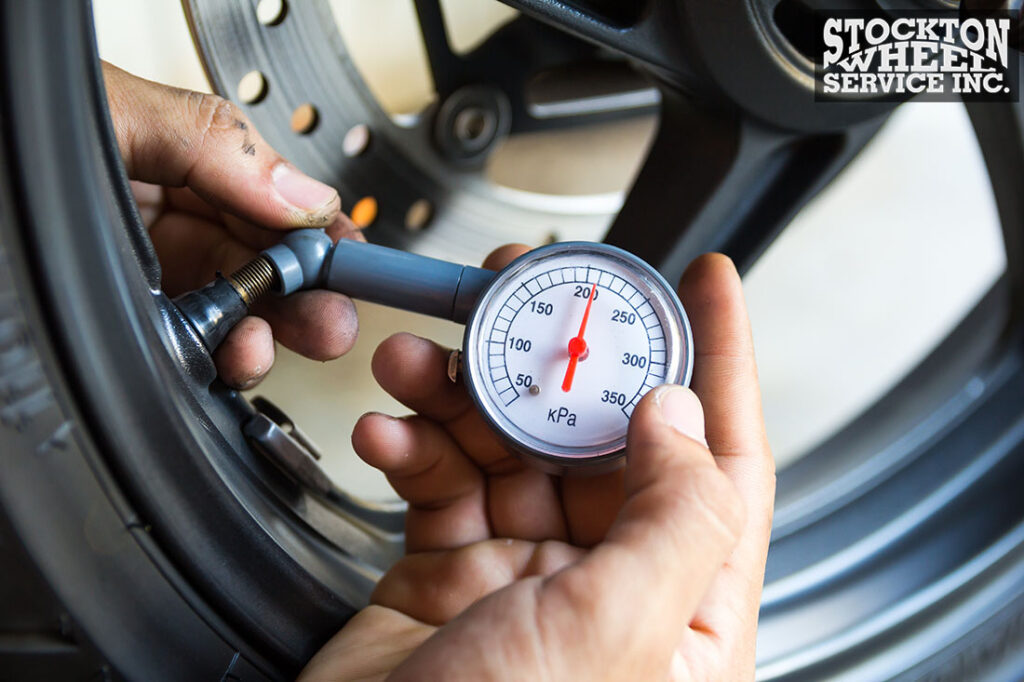
11. Improperly Installed Brake Components
Cause: Incorrect installation of brake components can give rise to various problems, including vibrations during braking, which affect the brake operation.
Solution: Ensuring the precise installation of brake components guarantees a smooth and safe braking experience. If you suspect improper installation, consult a professional mechanic to rectify the issue.
Prevention Tips
1. Brake Maintenance: Regularly inspect and replace worn brake components, like brake pads, calipers, rotors, etc., for efficient, smooth braking and enhanced safety.
2. Wheel Balance: Visit a tire shop for professional tire balancing to eliminate wheel-related vibrations and improve your driving experience.
3. Suspension and Steering System Check: Have loose or worn suspension/steering system parts tightened or replaced to maintain vehicle stability and a comfortable ride.
4. Wheel Bearing Care: Tighten or replace loose wheel bearings to enhance ride stability.
5. Driveshaft Assessment: Address damaged driveshafts through necessary repairs or replacements for a smoother driving experience.
6. Engine Health: Identify and rectify engine misfires for a seamless and comfortable ride.
7. Tire Pressure: Maintain consistent tire pressure to prevent shaky braking and ensure a balanced ride.
8. Precise Component Installation: Ensure proper installation of brake components to prevent vibrations and maintain safety.
FAQs
Is It Safe To Drive A Car That Shakes When Braking?
Shaking when braking can indicate a serious problem, such as warped rotors or a sticking caliper piston. Driving with a shaking car is dangerous. Let’s diagnose and repair it by a qualified mechanic as soon as possible.
Can A Bad Sway Bar Cause Shaking When Braking?
It may be the case, but it is not as common as the other causes. If your sway bar is bad, inspect it by a qualified mechanic.
Conclusion
If your car shakes when braking, it is important to have it diagnosed and repaired by a qualified mechanic promptly. Shaking can hint at a severe problem of other parts, leading to decreased braking performance and an increased risk of accidents.

